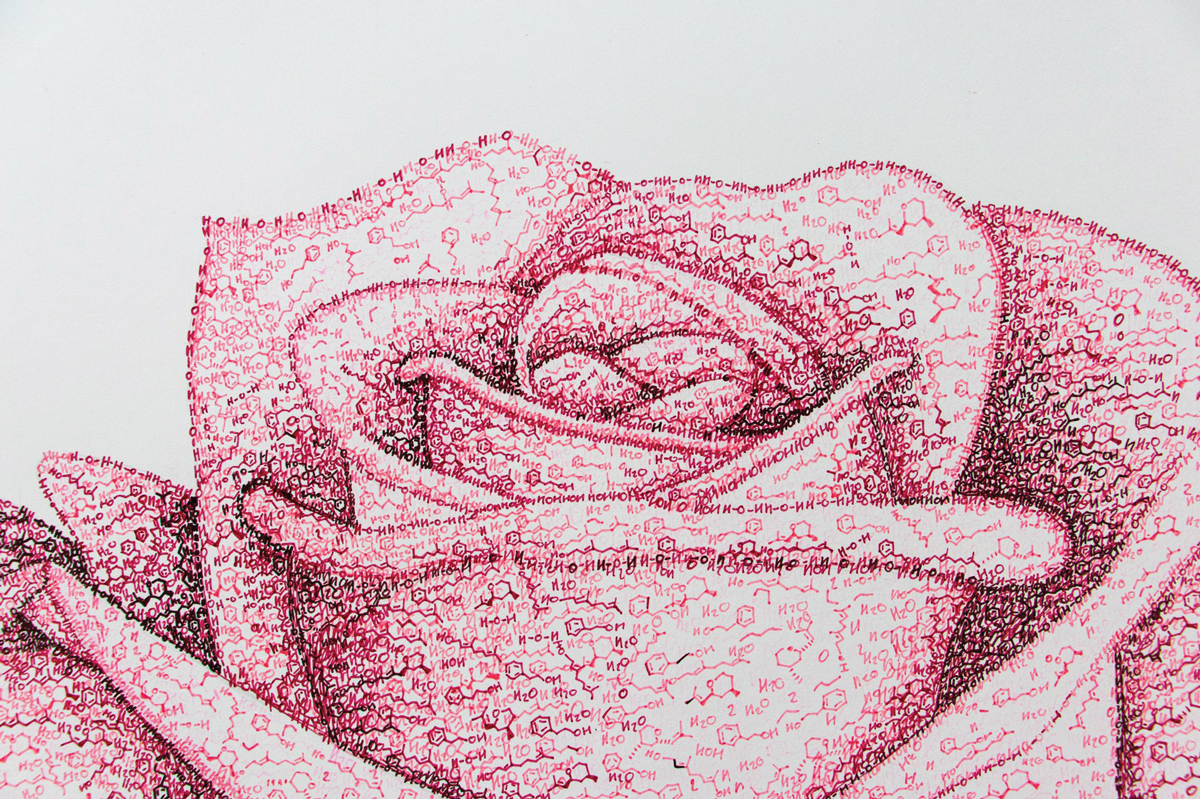Advertisement
Grab your lab coat. Let's get started
Welcome!
Welcome!
Create an account below to get 6 C&EN articles per month, receive newsletters and more - all free.
It seems this is your first time logging in online. Please enter the following information to continue.
As an ACS member you automatically get access to this site. All we need is few more details to create your reading experience.
Not you? Sign in with a different account.
Not you? Sign in with a different account.
ERROR 1
ERROR 1
ERROR 2
ERROR 2
ERROR 2
ERROR 2
ERROR 2
Password and Confirm password must match.
If you have an ACS member number, please enter it here so we can link this account to your membership. (optional)
ERROR 2
ACS values your privacy. By submitting your information, you are gaining access to C&EN and subscribing to our weekly newsletter. We use the information you provide to make your reading experience better, and we will never sell your data to third party members.
Science Communication
Chemistry In Pictures
Chemistry in Pictures: Molecular pointillism
by Manny I. Fox Morone
June 23, 2022

Using a technique of her own making that she calls “molecular pointillism,” Lucy Walker drew this rose, or at least the illusion of one. When you look really closely at the stem and petals, you can see the lines and shading that create the image are in fact tiny chemical structures of aroma compounds that make roses smells the way they do: (–)-cis-rose oxide, 2-phenylethanol, and geraniol—along with tiny H₂O molecules (see image below). Walker, a graduate student in Timothy A. Barendt’s lab at the University of Birmingham, says the drawing took around 10 h to complete.

Credit: Lucy Walker. Follow Lucy on Twitter (@_walkerlucy_) and Instagram (@_molecularts).
Do science. Take pictures. Win money. Enter our photo contest here.





Join the conversation
Contact the reporter
Submit a Letter to the Editor for publication
Engage with us on Twitter